
The historical dictionaries present essential information on a broad range of subjects, including American and world history, art, business, cities, countries, cultures, customs, film, global conflicts, international relations, literature, music, philosophy, religion, sports, and theater. Written by experts, all contain highly informative introductory essays of the topic and detailed chronologies that, in some cases, cover vast historical time periods but still manage to heavily feature more recent events.
Brief AZ entries describe the main people, events, politics, social issues, institutions, and policies that make the topic unique, and entries are cross-referenced for ease of browsing. Extensive bibliographies are divided into several general subject areas, providing excellent access points for students, researchers, and anyone wanting to know more. Additionally, maps, photographs, and appendixes of supplemental information aid high school and college students doing term papers or introductory research projects. In short, the historical dictionaries are the perfect starting point for anyone looking to research in these fields.
HISTORICAL DICTIONARIES OF SPORTS
Jon Woronoff, Series Editor
Competitive Swimming , by John Lohn, 2010.
Basketball , by John Grasso, 2011.
Golf , by Bill Mallon and Randon Jerris, 2011.
Figure Skating , by James R. Hines, 2011.
The Olympic Movement, Fourth Edition , by Bill Mallon and Jeroen Heijmans, 2011.
Tennis , by John Grasso, 2011.
Soccer , by Tom Dunmore, 2011.
Cycling , by Jeroen Heijmans and Bill Mallon, 2011.
Skiing , by E. John B. Allen, 2012.
Track and Field , by Peter Matthews, 2012.
Baseball , by Lyle Spatz, 2013.
Ice Hockey , by Laurel Zeisler, 2013.
Football , by John Grasso, 2013.
Boxing , by John Grasso, 2013.
Wrestling , by John Grasso, 2014.
Bowling , by John Grasso and Eric R. Hartman, 2014.
Historical Dictionary of Bowling
John Grasso and Eric R. Hartman
Rowman & Littlefield
Lanham Boulder New York Toronto Plymouth, UK
Published by Rowman & Littlefield
4501 Forbes Boulevard, Suite 200, Lanham, Maryland 20706
www.rowman.com
10 Thornbury Road, Plymouth PL6 7PP, United Kingdom
Copyright 2014 by John Grasso
All rights reserved . No part of this book may be reproduced in any form or by any electronic or mechanical means, including information storage and retrieval systems, without written permission from the publisher, except by a reviewer who may quote passages in a review.
British Library Cataloguing in Publication Information Available
Library of Congress Cataloging-in-Publication Data
Grasso, John.
Historical dictionary of bowling / John Grasso, Eric R. Hartman.
pages cm. (Historical dictionaries of sports)
Includes bibliographical references.
ISBN 978-0-8108-8021-4 (hardcover : alk. paper) ISBN 978-0-8108-8022-1 (ebook)
1. BowlingHistoryDictionaries. I. Hartman, Eric R. II. Title.
GV902.5.G73 2014
794.6dc23 2014009536
 The paper used in this publication meets the minimum requirements of American National Standard for Information SciencesPermanence of Paper for Printed Library Materials, ANSI/NISO Z39.48-1992.
The paper used in this publication meets the minimum requirements of American National Standard for Information SciencesPermanence of Paper for Printed Library Materials, ANSI/NISO Z39.48-1992.
Printed in the United States of America
Editors Foreword
Bowling is in some ways one of the most democratic sports. It is played by people of all races, men and women, young and old. In fact, it is one of the few sports that can be practiced into a ripe old age. All sorts of people, not just those who are tall, strong, or in top physical condition, can be excellent bowlers. The sport has its professionals and its stars, but the vast majority of players are just ordinary folks with no other ambition than to enjoy themselves. This book focuses on outstanding bowlers, but they do not keep amateurs glued to television screens to the extent that they do not play. The only gaps in this democracy is that bowling is currently played mainly in the United States. But this is changing, and the sport is spreading to many parts of Europe, Asia, and Latin America.
It is, therefore, high time to add bowling to this series of historical dictionaries. The introduction provides a broad overview, including the history and achievements of bowling, and top bowlers. The chronology traces the evolution of bowling, and a list of acronyms and abbreviations provides the full names of organizations. The dictionary section is impressively large, with specific entries on the top bowlers, main organizations, various features of the game, and essential terminology. Many readers will appreciate the appendixes, which list champions and championships, records, and technicalities like tenpin numbering. While this book is itself full of information, more can be found elsewhere, and the bibliography points readers in the right direction.
This Historical Dictionary of Bowling was written by John Grasso and Eric R. Hartman. This is not the first sports book written by Grasso; far from it, he has already produced historical dictionaries on basketball, boxing, football, and tennis. He is also a consulting editor for Rowman & Littlefield, acquiring new sports titles. Grasso is a recognized sports historian, a member of the associations engaged in research on basketball, football, boxing, and sport history, and the long-time treasurer of the International Society of Olympic Historians. Bowling is one of his hobbies; he began at the age of fourteen and is still at it. Eric R. Hartman has followed professional bowling for years and is himself an occasional bowler.
Bowling has attracted little attention within academic circles and research has been far less than that for other sports, so we are indeed fortunate that Grasso and Hartman have done such a proficient job at compiling the necessary information and data to fill what has long been a large gap in the literature.
Jon Woronoff
Series Editor
Acknowledgments
It is impossible in a book of this size to cover all aspects of an activity that has been participated in by thousands of participants for more than one hundred years. We have tried to include a fair representation of bowlers (both men and women) and other contributors from all eras. As can be seen by the lists of people included in the appendixes (various halls of fame members and tournament winners), there have been many individuals who have had success in bowling that have had to be omitted from this volume. Space limitations have restricted entries to brief sketches but readers interested in more details are advised to make use of the bibliography included within. It is hoped that the information contained within this book will provide the neophyte with a general introduction and that some of the anecdotal details will be of interest to the reader with a broader background.
Although this is my sixth book in the Historical Dictionaries of Sports series, it is my first with a coauthor. I met Eric R. Hartman on the Internet when I first began research for this book. He has proven to be an indefatigable researcher who has provided a wealth of details for this volume. The dictionary contains complete names (including middle names) for virtually all entries as well as birthdates and birthplaces. In writing about other sports, much of this type of information is contained in various encyclopedias and websites. But this is not the case for bowling and Erics persistent research has uncovered much that has not previously been published.
In addition to my wife, Dorothy, who condones my reclusive hobbies, Id like to thank Dr. Laurel A. Zeisler for assistance with bowling materials and research, Dr. Tomasz Maolepszy for help with the correct spelling of Polish bowlers names, Anthony Th. Bijkerk for information about Billy Sixtys Dutch heritage, Dr. Bill Mallon, orthopedic surgeon and Olympic Games expert, for getting me involved with this project and informing me about candlepins and its star bowlers, Fran Onorato and Stasia Czernicki, and Jon Woronoff, editor, for helping to bring this book to fruition. A special thank-you to Dr. John R. Schmidt, whose Dr. Jakes Bowling Blog has provided quite a bit of useful material for this book and whose personal correspondence has produced additional information that could not have been found elsewhere (such as the fact that bowler Johnny Kings real name was not Johnny and his obituary would be found under his given name of Howard B. King). Weve also used several of Dr. Jakes lists in the appendix.
Next page

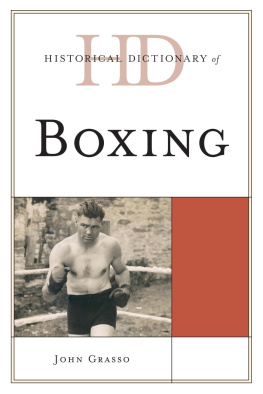
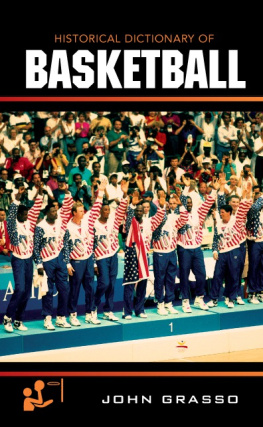
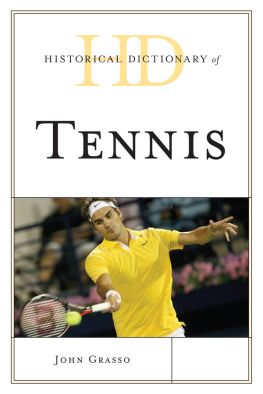
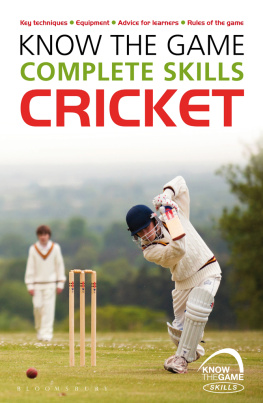


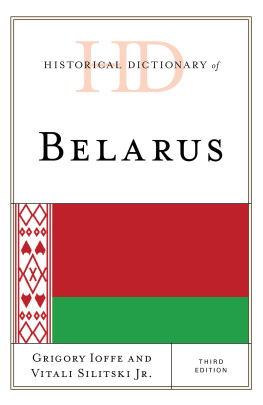
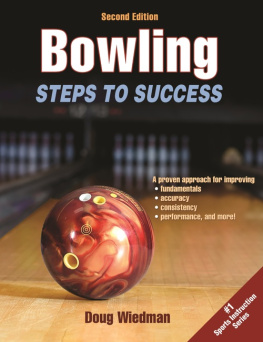
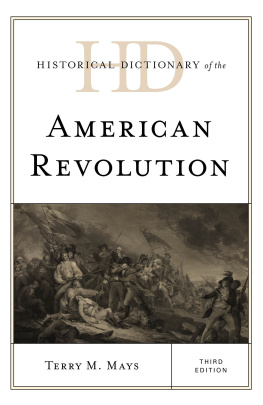
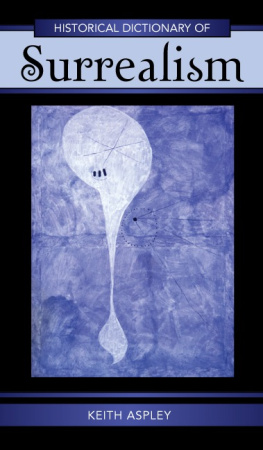
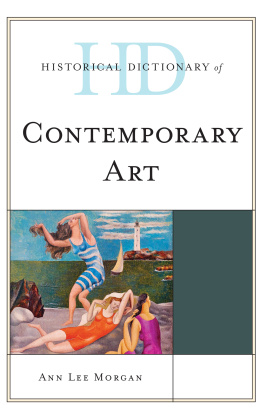
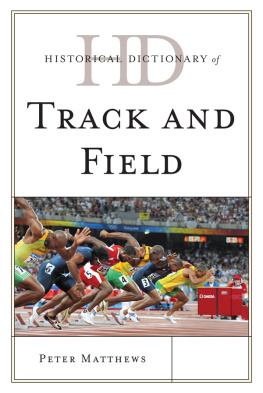

 The paper used in this publication meets the minimum requirements of American National Standard for Information SciencesPermanence of Paper for Printed Library Materials, ANSI/NISO Z39.48-1992.
The paper used in this publication meets the minimum requirements of American National Standard for Information SciencesPermanence of Paper for Printed Library Materials, ANSI/NISO Z39.48-1992.